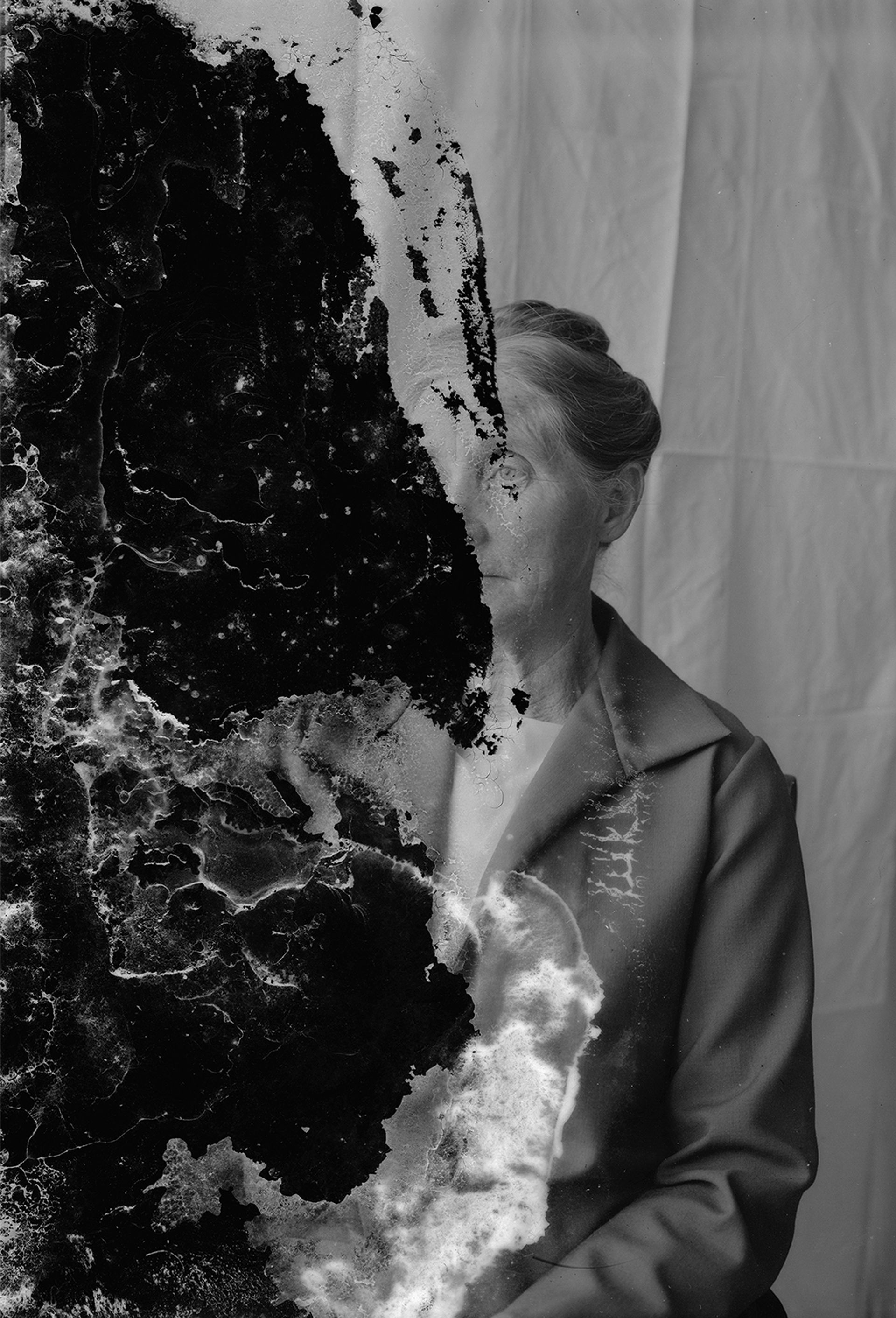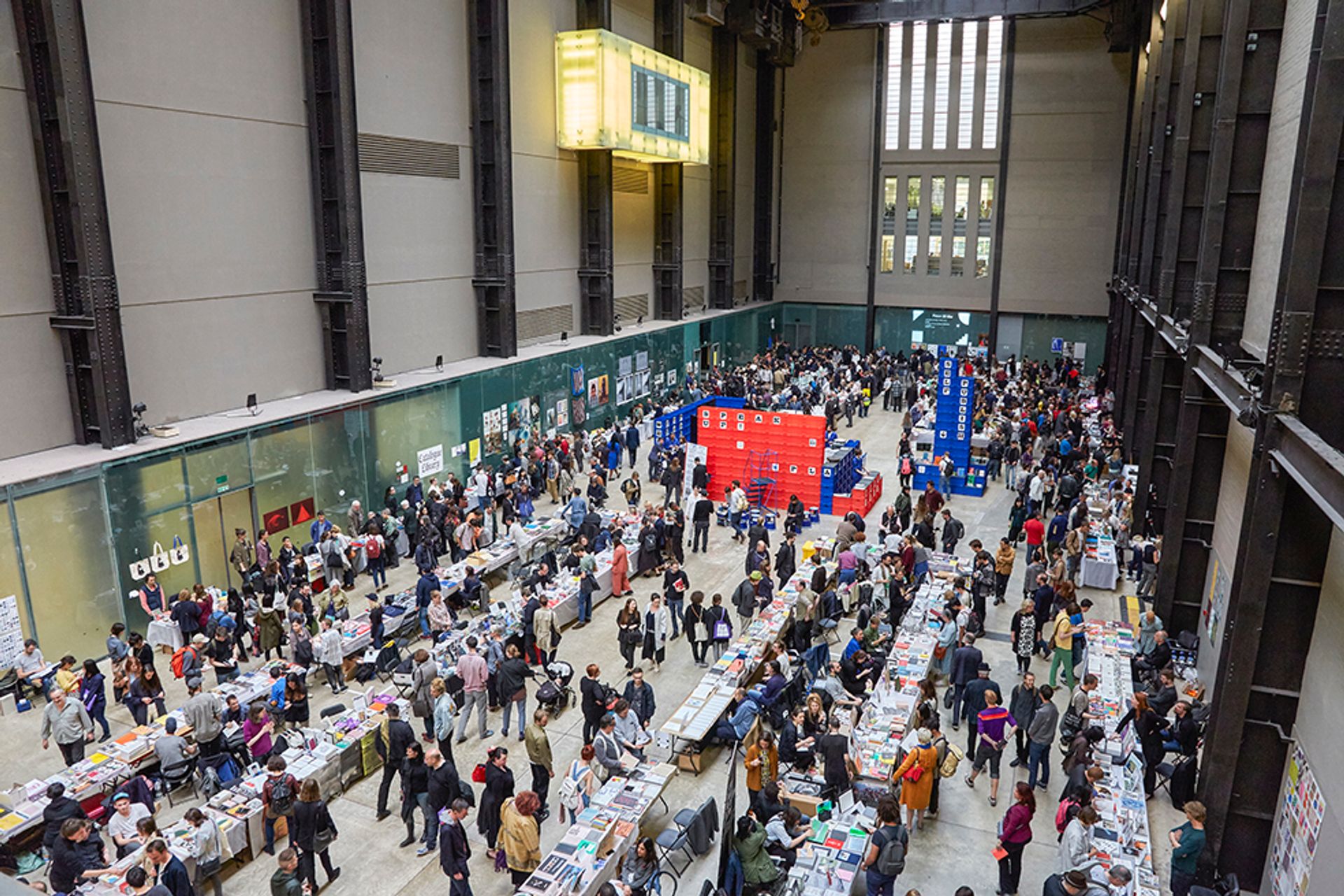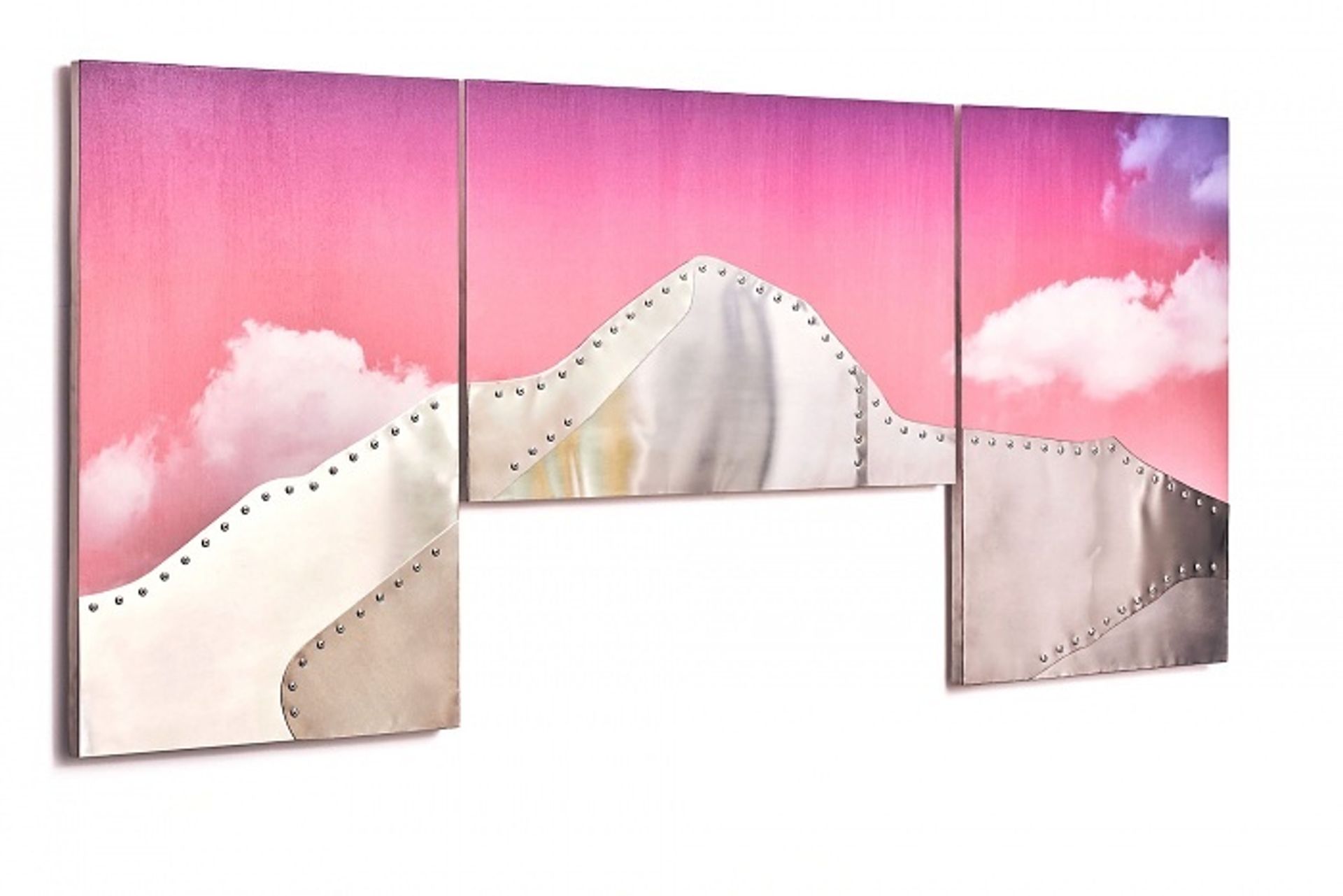London is going through a photography boom this spring, with major surveys Performing for the Camera (until 12 June) at Tate Modern and Strange and Familiar at the Barbican (until 19 June), as well as smaller critically-acclaimed shows such as Paul Strand (until 3 July) at the Victoria and Albert Museum, Double Take (until 12 June) at the Drawing Room and of course the Deutsche Börse prize (until 3 July) at the Photographers’ Gallery.
Visitors to the capital for the photography fair Photo London are spoilt for choice, but here are four shows and events that more adventurous photo buffs should make time for this weekend.
Peckham 24, various venues (until 21 May)

One of the more unusual series of photographs in London this week can be seen at the inaugural Peckham 24, a 24-hour festival taking in 11 galleries in south London. Ryan Moule’s Divisible Remainder series are monochrome, light-damaged photographs that are—crucially—left unfixed. They “fade slowly over time, slower than you might imagine [and] become like etchings, not fully erased, just lingering in darkness”, Moule says. Half the works are shown in normal lighting conditions at South Kiosk/Seen Fifteen gallery, while the other half are at the nearby Copeland Gallery, shown under the red light used in darkrooms.
The analogue photographs were inspired by the “increased impossibility of digital data [being] erased completely” and the implications of “an end to forgetting” that this allows, Moule says. In particular, the artist refers to an episode when he bought second-hand hard drives over the internet that supposedly had “no information on them” until he took them to a digital restorer who, “quite scarily, was able to retrieve the erased data”.
When it comes to selling the works, Moule says he is happy for the photographs to exist “outside of the market to some extent” but the “images will most certainly last the lifetime” of a collector. And if they “keep them under red light, they will survive indefinitely”, he says.

Offprint London, Tate Modern (until 22 May 2016)
The eighth edition of the independent publishing fair Offprint London returns to Tate Modern’s cavernous Turbine Hall with more that 150 independent and experimental publishers including 75 photobook producers, “the largest gathering worldwide to date” according to the press release.
It is difficult to get the enthusiastic artistic director and founder of the fair, Yannick Bouillis, to pick just a few highlights as “searching and talking about books is 100% the reason why I'm doing this”, he says. Nonetheless he eventually settles on a handful of examples. Dublin Foxes (2014) by David Horvitz documents the artist’s stay in the Irish capital where he synchronized his daily life with California’s time zone (where he is from) rather than adjusting to the local time, highlighting how much “social times structure our life”, Bouillis says. Mishka Henner’s _ IMG01-08 is the latest in a series revealing the entire digital binary data of historical photographs, making “visually clear that images are nowadays codes”, Bouillis says. Further highlights include Varda/Cuba (2015), a recently unearthed “impressive documentation of Cuba in the 60s” by the French film director Agnès Varda, Bouillis says, and Nightswimming: Discotheques from the 1960s to the Present (2015) with photographs by Giovanna Silva.

The India Club: Utopia, Hotel Strand Continental (until 22 May)
Just round the corner from Photo London, through an inconspicuous doorway, is a group show by nine artists in The India Club bar and restaurant, which was founded in the 1940s by the first Indian high commissioner to the UK, V.K. Krishna Menon. For the second year running the Specular Assembly collective will show works in the space that “seems almost untouched by the developments, changes and events which have shaped London since the 1950s”, says Will Jennings, who is exhibiting “failed” 3D renderings of Le Corbusier’s Chandigarh Palace of Assembly.

The show—taking “utopia” as its theme, in honour of the 500th anniversary of Thomas More’s book—includes Katja Mayer’s Futile Erasures, where the artist has erased Adolf Hitler from propaganda photographs taken in the Austrian-German mountains; Ben Cave’s images of “manicured landscapes” that line the banks of the Thames and Leon Chew’s photo-landscapes adorned with aluminium titled Malabar Princess, Air India flight 245 (2016), after the plane that crashed into Mont Blanc in 1950.

Rut Blees Luxemburg: Silver Forest, Westminster City Hall (permanent)
Further afield, near Victoria train station, is a new permanent installation on the side of Westminster City Hall by the photographer, and reader in urban aesthetics at the Royal College of Art, Rut Blees Luxemburg. The wall relief made of six panels, and measuring almost 30 metres in total, is “a concrete photograph, a new technological process, whereby a photograph is rendered in concrete”, Luxemburg says. The images are of silver birch “forests” in “dense urban cities” such as London or Hong Kong, which have a “graphic beauty that is still very visible, maybe even enhanced, by the dust of the city”, Luxemburg says.

